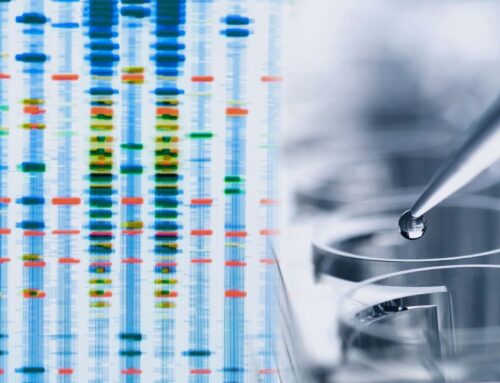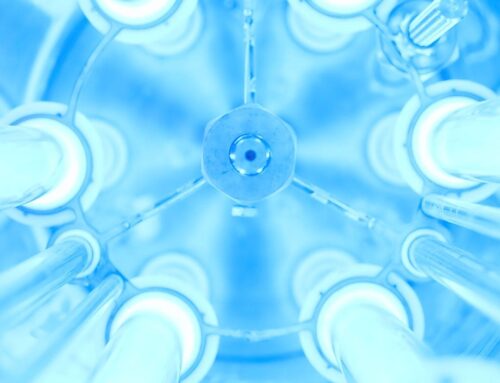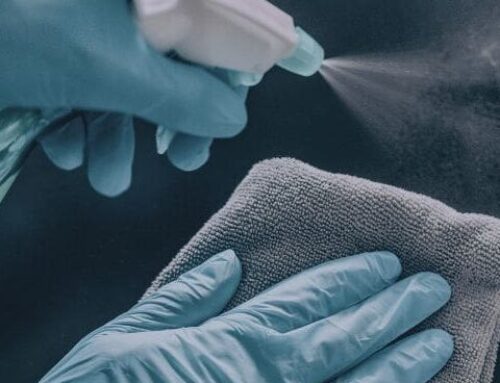Several years ago, three separate test methods were developed by EPA in conjunction with the Copper Development Association. These methods became known as the “copper methods” and were used to substantiate the first legal claim of pathogen reduction for an antimicrobial surface. As described in our November 2013 newsletter, EPA removed the copper methods from its website and began reviewing antimicrobial surface testing protocols on a case-by-case basis.
EPA has now developed and published a new protocol for testing copper surfaces. Like the original protocols, this protocol will likely become the benchmark by which all antimicrobial surfaces claiming pathogen reduction are judged.
The new method is much more stringent. It requires a greater number of replicate test surfaces, includes cleaning with detergent and alcohol, mechanical abrasion, and repeated chemical exposure to simulate disinfection. Also, the maximum allowable contact time has been reduced from two hours to one hour.
Antimicrobial Test Laboratories’ view of the new method is two-sided. On one hand, antimicrobial surfaces registered using the new method can be depended on to reduce pathogen levels quickly over the lifetime of the surface. On the other hand, the new method is so challenging that it will exclude many safe, pathogen-killing technologies from use in the United States, which could result in more infections.




